OK, so you have mastered our 26 conference planning terms to know - feeling like a bit of an expert. But, another important part of corporate planning is speaking the lingo of your vendors as well - especially your audiovisual vendor. By knowing some important terms and equipment it will be easier for you to communicate what your event needs are and your vision, and make sure there isn’t any equipment included on your quote that you don’t need.. Check out these terms to get a head start on impressing your AV vendor during your next conversation!
SOUND
- Mixer: A device for blending multiple audio sources. Make sure that your mixer has enough channels for the number of microphones you will be using. (ie. If you have 7 microphones, you need an 8 channel mixer)
- Handheld Microphone: A microphone that can be held in the hand, but can also be clipped onto a microphone stand. Also known as a “roaming mic”, which is good for audience Q&A.
- Lavalier Microphone: A small microphone designed to be worn either around the neck or clipped to apparel, “hands-free” so a speaker can walk around the stage..
- Gooseneck Microphone: A microphone element integrated into a gooseneck stand rather than a cable. The microphone elements are usually small and designed to capture spoken word up close, usually at a panel table or a podium.
- House Sound: House sound is the venue’s sound system, usually incorporated into the meeting space. You can plug into house sound to make announcements so that everyone can hear, or to play music during a reception.
PROJECTION
- Fast-Fold Screen: A projection screen that features a foldable aluminum frame and a screen surface that attaches via push studs, tensioning the surface for an extremely flat projection screen.
- Dual Projection: When you have two screens and two projectors displaying your presentation on either side of your stage. Helpful with large groups to make sure everyone can see.
- Rear Projection: Projecting your presentation to the back of a translucent screen, where the screen is between the viewer and the projector.
- Front Projection: Projecting your presentation to the front of the screen, so that the projectors are seen by attendees.
- Aspect Ratio: The proportional relationship between an image’s width and its height. The standards for broadcast are 4:3 and 16:9. HD video is natively 16:9, which is what we recommend. 4:3 is typical for the SD video. Pro Tip: make sure that your screens and your presentation templates are the same aspect ratio (you don’t want a 4:3 presentation on a 16:9 screen).
- Switcher: A device used to select one of a group of signals. When running multiple laptops at an event, a switch makes it easy for you to seamlessly “switch” from one image on a laptop to the other.
- Confidence Monitor: Also known as a Down Stage Monitor (DSM), is a screen that faces the stage and doubles what’s being displayed to the audience on the main projection screens or displays, so the speaker doesn’t need to turn around during their presentation. It should not be confused with a teleprompter. It does not show notes or scripting, just what’s on the main screens.
VIDEO
- Live Video Output: A physical output coming from your camera or switcher that allows your video source(s) to be seen in another source like a projector or monitor.
- B-Roll: Additional footage that offers options for editors when cutting a live show or in video editing.
- IMAG – The display of live camera video on projection screens or other displays of the action taking place on a stage, allowing a large audience to see what’s going on more clearly.
- PIP – Picture in Picture. The ability to layer video or presentation materials over one another (like a picture in picture on your TV!).
LABOR
- In-House AV: An audiovisual company that has a contract with the venue to be the exclusive provider of AV equipment and labor (unless the venue requires union labor).
- Union Labor: Typically a venue or hotel will have a contract with an AV labor union to provide all AV labor, with each person having a specific job (instead of one person running video and audio at your show, you will need a video engineer & an audio engineer, for example.)
- 3rd Party AV Provider: An independent outside AV company, who will bring in AV equipment to the venue for your event.
- Shadow Labor: If you bring in a third-party AV company to a facility that has a contract with an AV labor union (known as a “union facility”), you will need to still pay people from the union to “shadow” and oversee your third-party provider.
OTHER EQUIPMENT
-
Rigging: The equipment used to hang truss, lighting, and power cables from a roof or ceiling. Not the truss itself, but the chains or motors used to suspend it.
- Riser: Pieces of the removable stage; If a venue doesn’t have a permanent stage, they will have risers to help create one.
- Pipe & Drape: Usually aluminum or steel pipe, with removable drape panels that can be used to section off a ballroom, as a stage backdrop, or to hide equipment from sight.
Interested in more events industry lingo? Check out our other blog posts:
Restaurant Lingo: 22 Terms You Need To Know
26 Corporate Conference Lingo You Need To Know
27 Marketing Terms You Need To Know




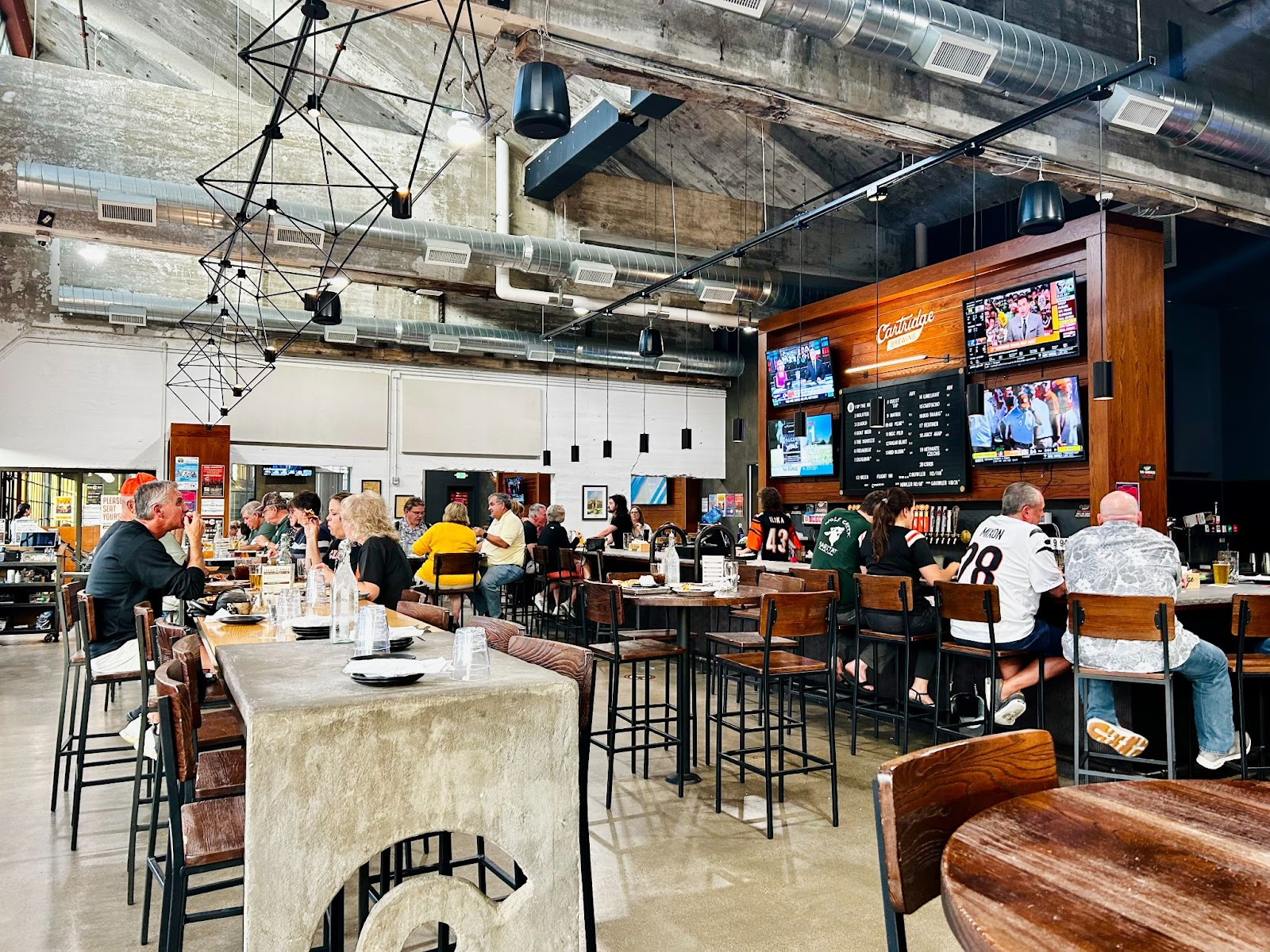




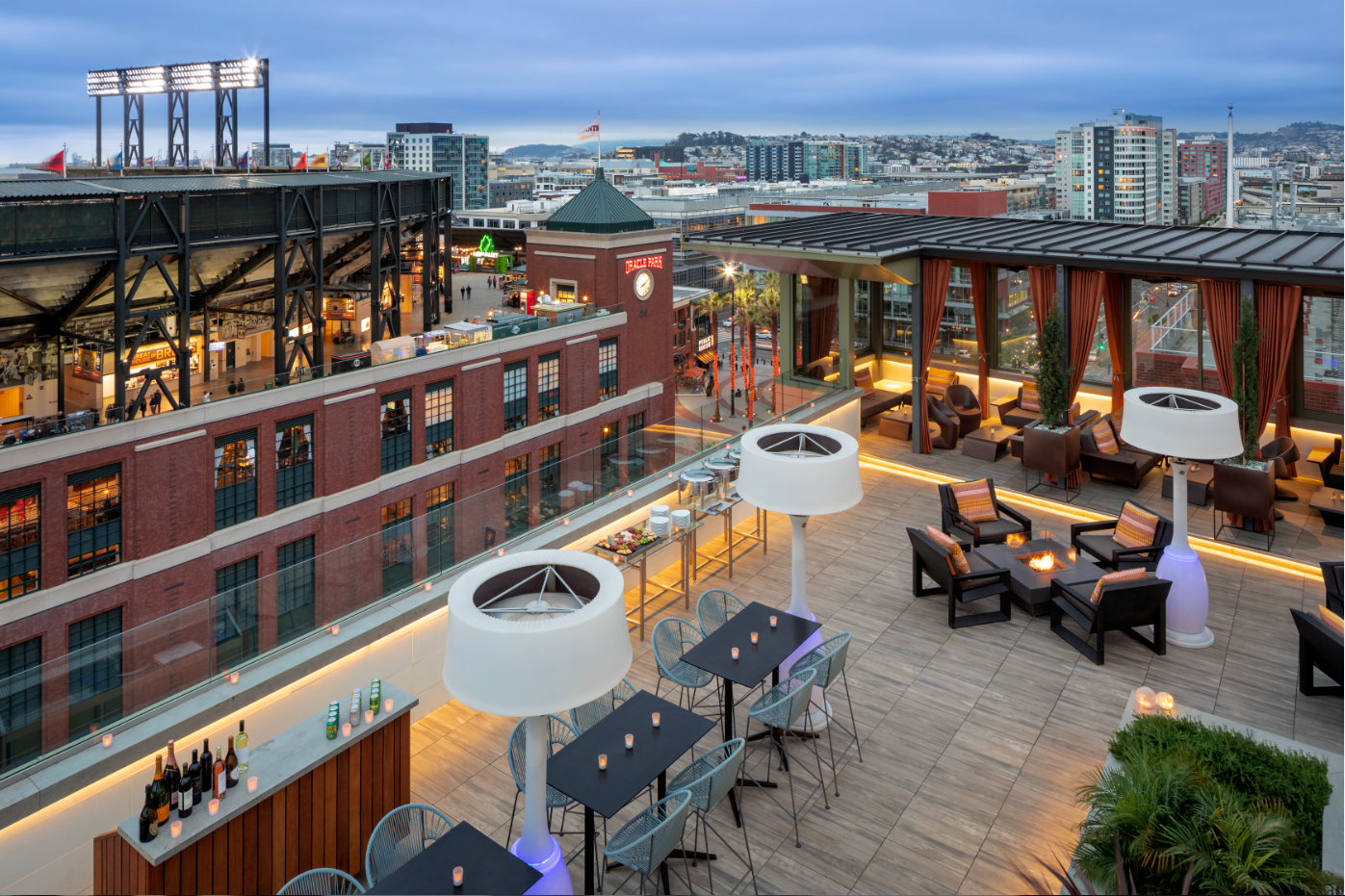

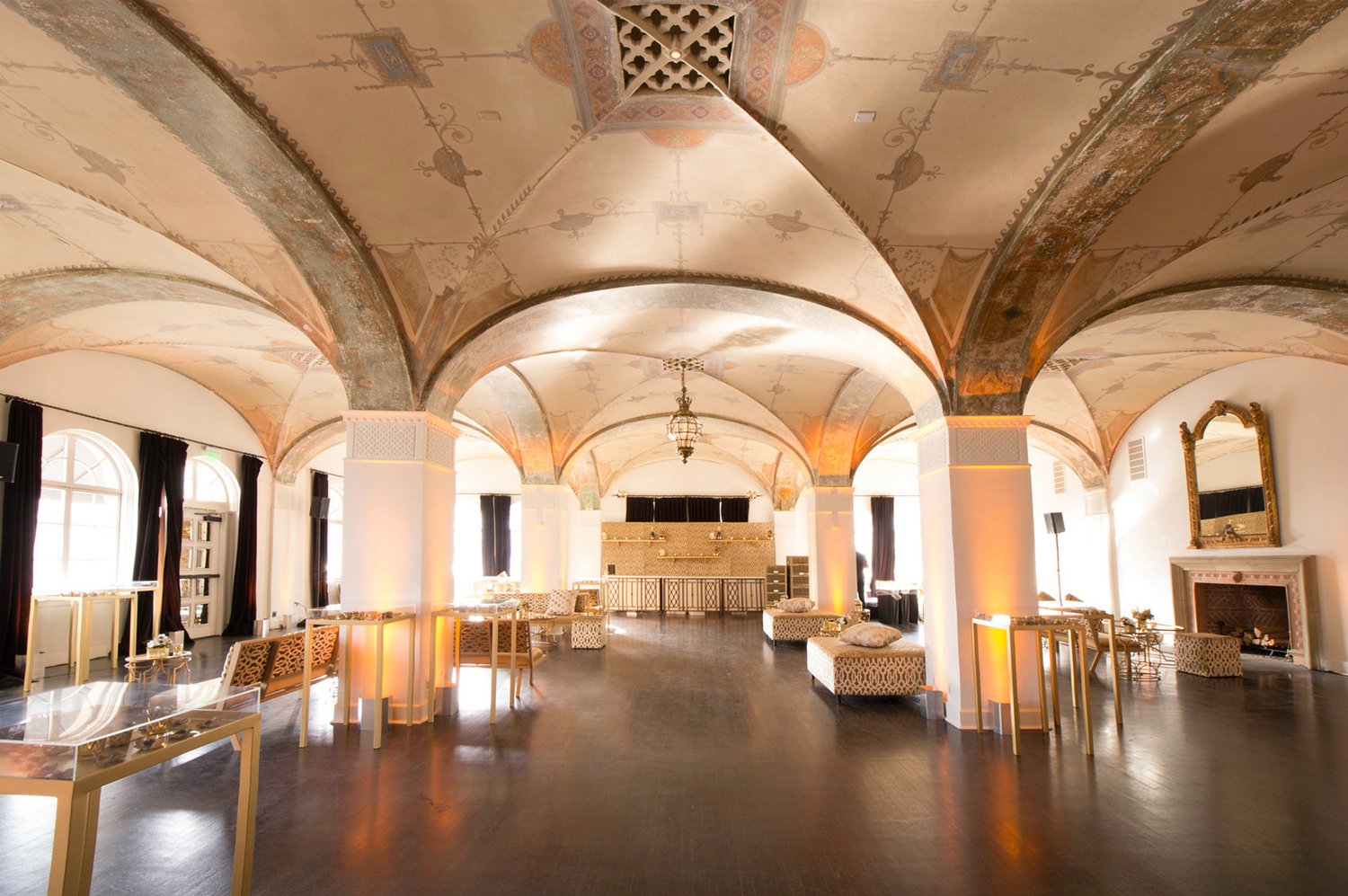




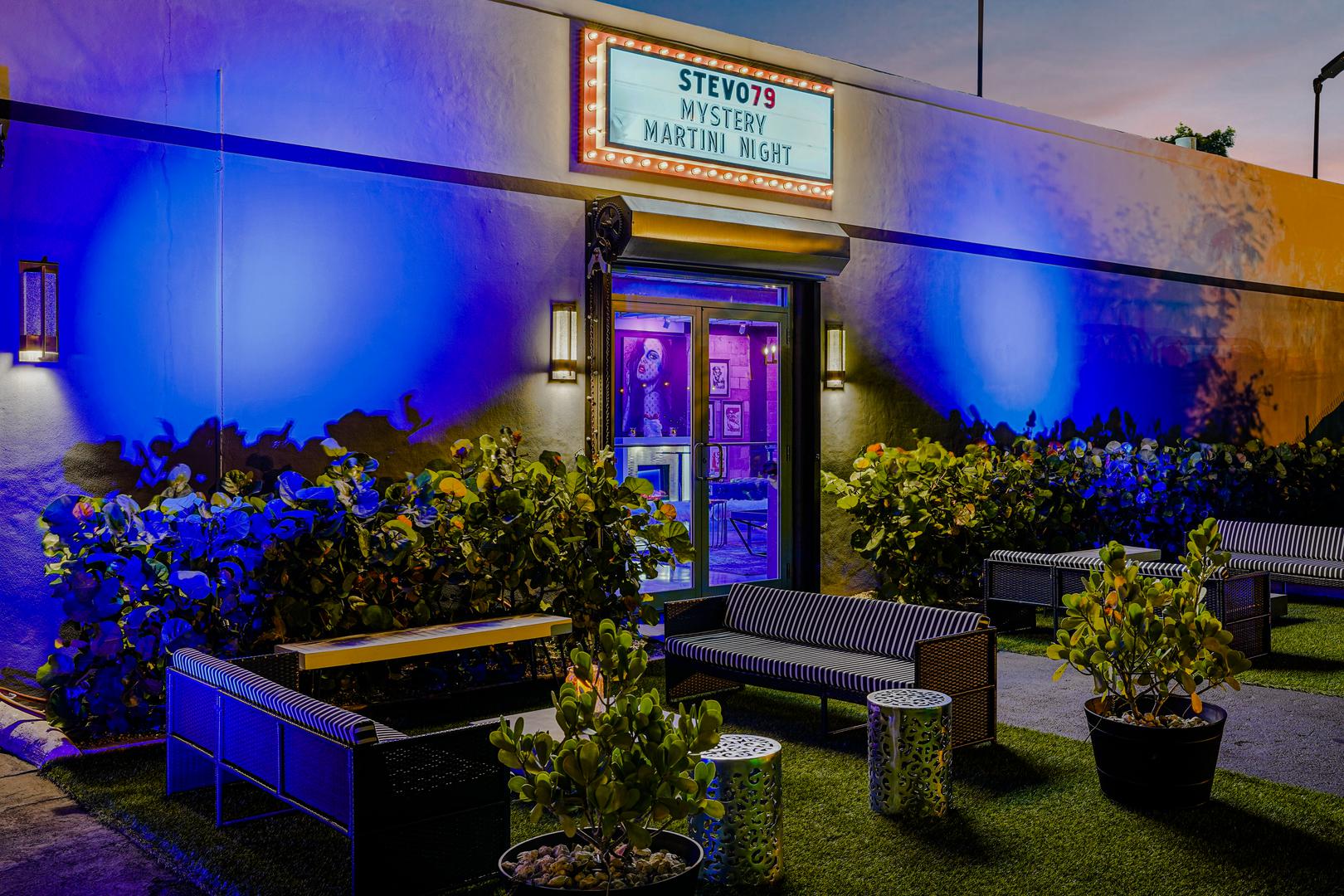
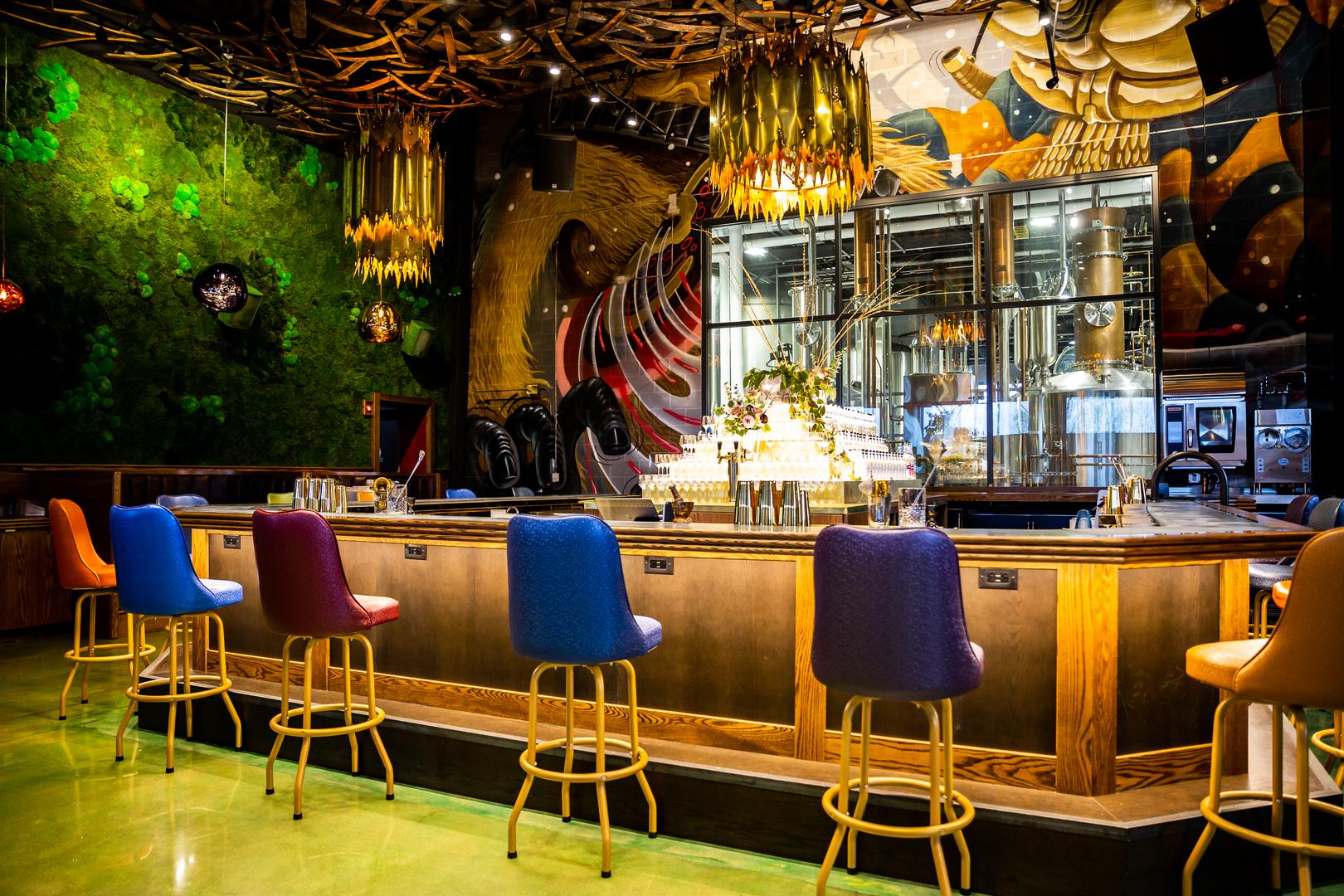
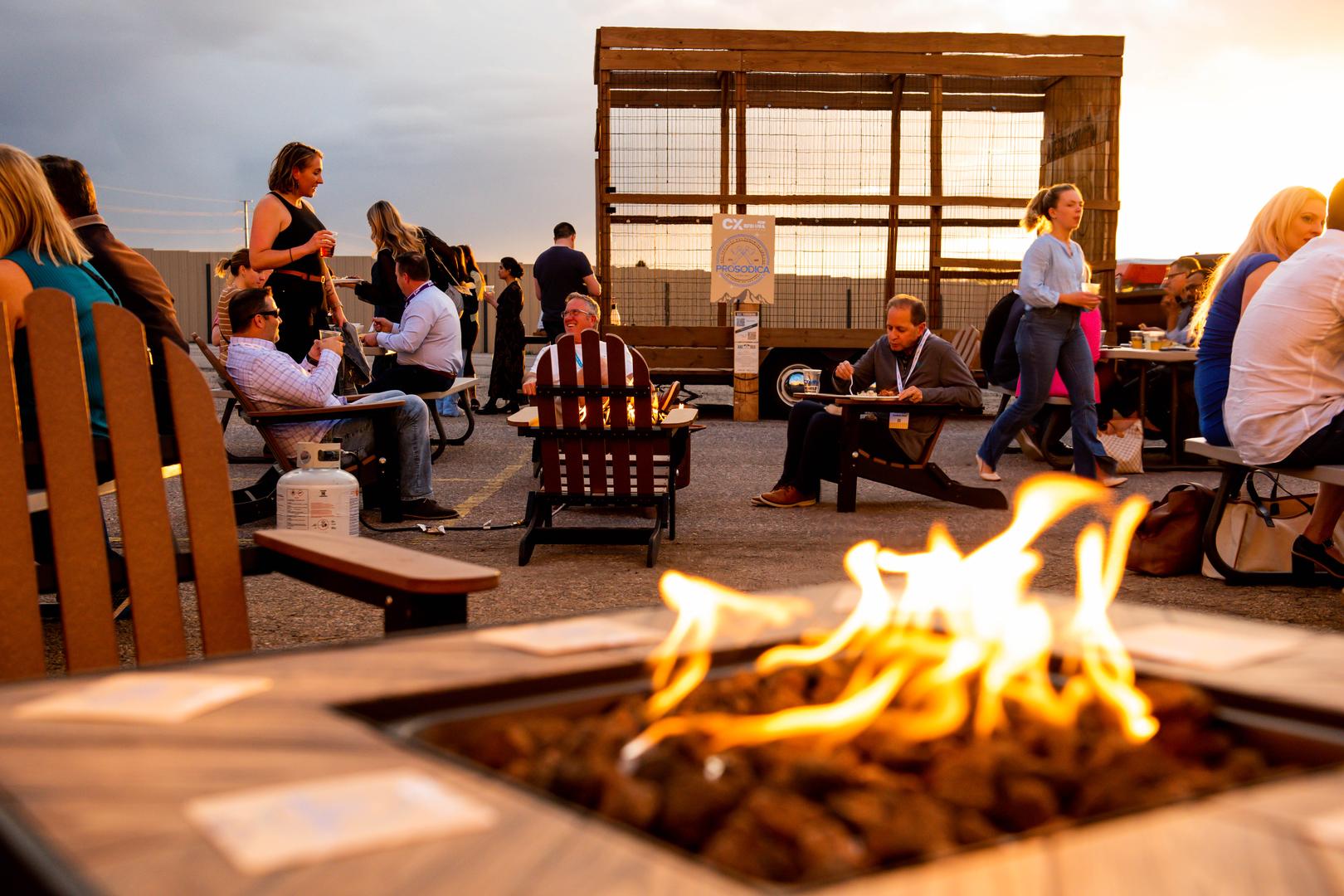


%20Where%20to%20Eat%20Near%20Willis%20Tower%20in%20Chicago.png)
